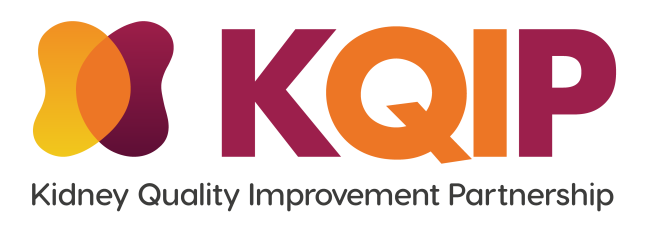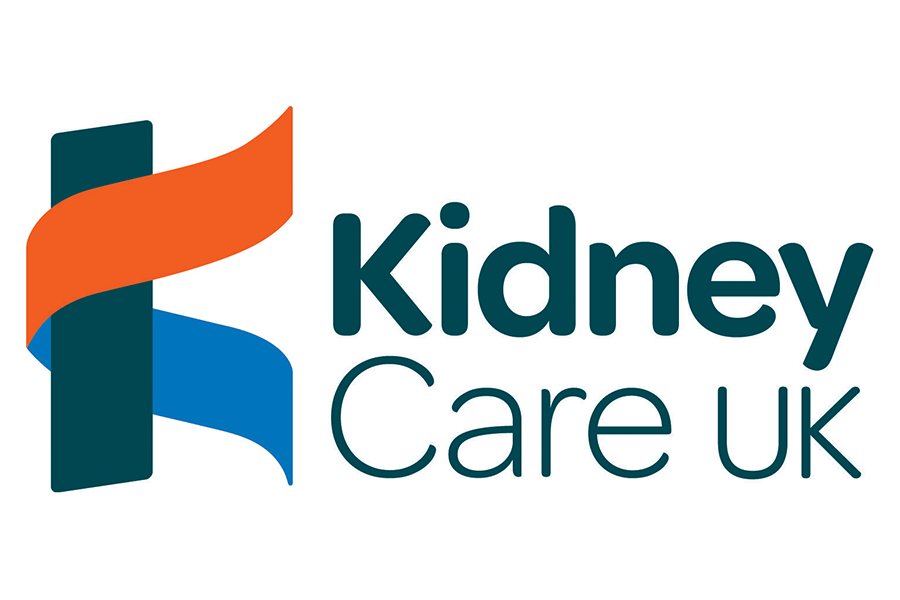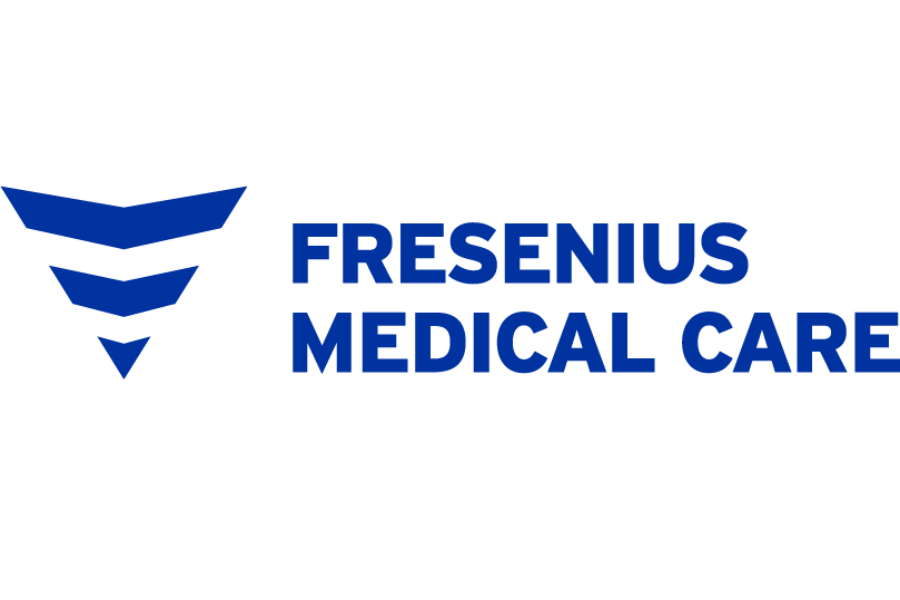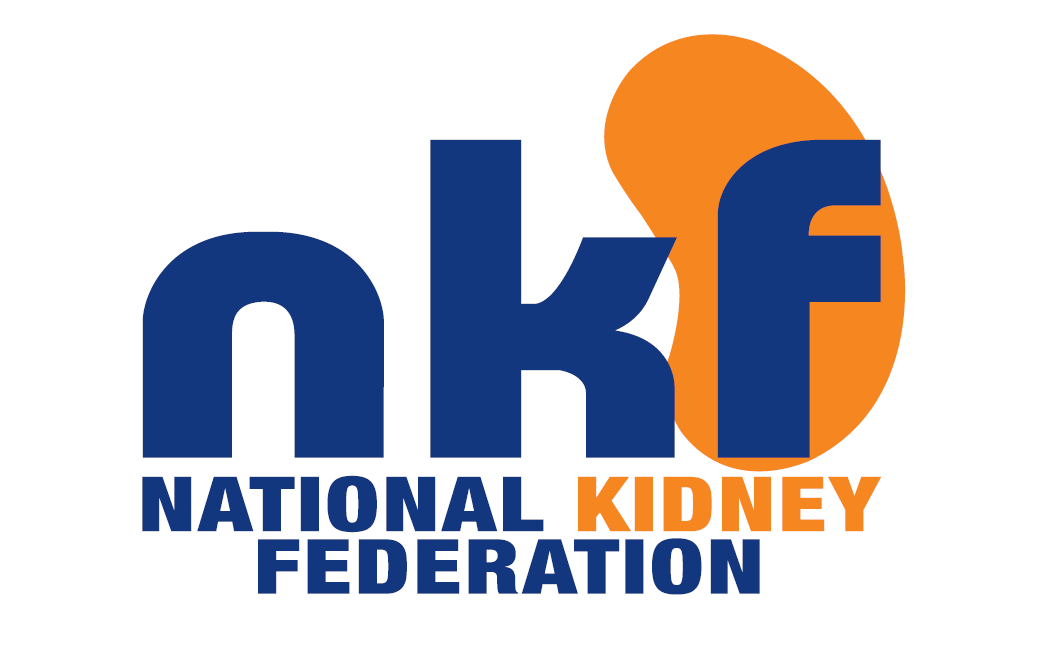How will we know that a change is an improvement?
MAGIC Measurement
MAGIC has seven measures and a measurement platform that are easy to understand and use.
Patient measures
Collect a random sample of patients regularly. They do not need to be the same patients – it is better if they are not. This is to capture a snapshot of current needling practice and patient satisfaction.
-
Needling technique
-
Missed cannulation
-
Patient satisfaction of needling
Unit measures
Percentage of your haemodialysis (HD) population, undergoing HD on a set day (including the day before or after, to include all HD patients). i.e. % of your population as it is today. Taken monthly
-
Rates of AVF/AVG/CVC use
-
Infections
-
Number of AVF/ AVG lost
-
Number of new AVF/AVG
Tips for collecting MAGIC data
-
Population - Minimum of 10 patients; think about small satellite units (will the same patients keep getting asked the satisfaction question?)
-
How often – once a month is recommended
-
Understand the measurement definitions – what are we collecting?
-
Asign a project lead who is responsible for making sure data is collected and inputted into the MAGIC platform
-
Share the data collection – if more than one satellite unit is participating in the project, have a spreadsheet on a shared drive for all champions to add data to. This data can be transferred onto the MAGIC Platform by the project lead
-
Use the KQuIP support offered, for example attending the monthly peer support meetings
-
Learn with others - communicating through a regional WhatsApp group has worked well
-
Print off any charts – display data in your staff room, demonstrate the hard work and improvement you have achieved
-
Share charts during governance meetings to demonstrate improvements and highight any challenges
-
Use data to drive improvements - Use the measurement platform at the beginning of every MAGIC regional meeting to focus the conversations.
Be consistent – keep to the agreed number of patients and the frequency of data collection
KQuIP Programme Manager, North East
-
Collect patient satisfaction real time – ask the patient to complete before leaving the unit; you won’t get them back
-
Anonymous patient satisfaction score – appoint a different person to collect the questionnaires form the person who needled/ put a box somewhere where patients can post the completed questionnaires
-
Unit feedback – encourage patient to explain their score; comments can be helpful for local improvement.
-
Observation – the person collecting the data should observe the needling technique
-
Make connections – know who in the unit collects this data already
-
Be regular – make sure these measures are always collected monthly
“This data is already collected by the unit and should be easy to find”
National Project Lead
-
Use Google Chrome - the platform will only work on this internet browser
-
Be careful to make sure you are imputing data for the right unit
-
Manage users – ensure at least 2 leads can add/ manage users for their unit; more people can be added to the platform throughout the project
-
Sign up – people can sign themselves up to access the platform
-
Definitions – make sure you understand what you need to collect, use the definitions on the platform
-
Charts – always look at your charts and ask is this an accurate picture of what’s going on?



